Takeaways
• ByteDance has launched SeedReam 4.0, their most advanced multimodal AI model to date, capable of processing both text and visual information simultaneously.
• The new model features significantly improved reasoning abilities, better visual understanding, and enhanced capabilities for complex tasks like math problem-solving.
• SeedReam 4.0 demonstrates superior performance in understanding spatial relationships and can process multiple images at once for comparative analysis.
• ByteDance’s latest AI advancement positions the company as a serious competitor in the rapidly evolving multimodal AI landscape alongside models from OpenAI, Google, and Anthropic.
• The model is designed with a focus on both practical applications and research advancement, potentially transforming how users interact with AI systems.
ByteDance, the parent company of TikTok, has officially launched SeedReam 4.0, its most advanced multimodal AI model to date. This latest iteration represents a significant leap forward in artificial intelligence capabilities, combining sophisticated text processing with enhanced visual understanding to create a truly versatile AI system.
The new model builds upon ByteDance’s previous AI efforts while introducing substantial improvements in reasoning, visual comprehension, and multimodal integration. As the AI race intensifies among tech giants, SeedReam 4.0 positions ByteDance as a formidable competitor in the rapidly evolving landscape of generative AI technology.
Revolutionary Multimodal Capabilities
SeedReam 4.0 stands out for its ability to seamlessly process and understand both text and visual information simultaneously. Unlike earlier models that might treat these inputs as separate streams, ByteDance’s latest offering integrates them into a cohesive understanding system.
The model demonstrates remarkable proficiency in interpreting complex visual scenes, recognizing objects, and understanding spatial relationships. When presented with images containing multiple elements, SeedReam 4.0 can accurately identify individual components while also comprehending how they relate to each other within the broader context.
One of the most impressive aspects of the new model is its capacity to analyze multiple images at once, allowing for comparative analysis across visual inputs. This functionality opens up new possibilities for applications requiring nuanced visual assessment, from retail product comparisons to medical image analysis.
ByteDance has also significantly enhanced the model’s reasoning capabilities, enabling it to tackle complex problems that require logical thinking and step-by-step analysis. This improvement is particularly evident in its ability to solve mathematical problems, where it can break down equations, apply appropriate formulas, and explain its reasoning process clearly.
Technical Advancements and Performance Improvements
The technical architecture behind SeedReam 4.0 represents a substantial advancement over previous iterations. ByteDance has implemented a more sophisticated neural network design that allows for better information flow between different components of the system.
Processing efficiency has been dramatically improved, with the model capable of handling complex queries with reduced latency. This enhancement makes real-time applications more feasible, potentially expanding the range of use cases where the technology can be deployed effectively.
SeedReam 4.0’s training methodology has also evolved, incorporating a more diverse dataset that helps mitigate biases and improve performance across different domains. ByteDance reports that the model has been trained on a wide range of content types, including educational materials, scientific literature, and everyday visual scenes.
The model’s context window has been expanded as well, allowing it to maintain coherence across longer interactions. This improvement enables more natural conversational flows and better retention of information throughout extended dialogues, addressing a common limitation in earlier AI systems.
Practical Applications and Future Implications
SeedReam 4.0’s enhanced capabilities open up numerous practical applications across various industries. In education, the model could serve as an intelligent tutor, capable of explaining complex concepts while referencing visual materials to aid understanding. Its ability to process and explain mathematical problems makes it particularly valuable for students struggling with quantitative subjects.
For creative professionals, the model offers powerful assistance in content creation, able to generate ideas based on visual references or textual descriptions. Its improved understanding of spatial relationships and visual aesthetics could make it an invaluable tool for designers, marketers, and other visual creators.
In the business sector, SeedReam 4.0 could transform data analysis by extracting insights from both textual reports and visual data representations. Its ability to compare multiple images simultaneously could streamline product development processes, quality control procedures, and competitive analysis.
ByteDance’s advancement also signals intensifying competition in the AI space, with companies like OpenAI, Google, and Anthropic all working on their own multimodal models. This competitive environment is likely to accelerate innovation, potentially leading to even more capable AI systems in the near future.
As these technologies continue to evolve, questions about responsible deployment, potential misuse, and regulatory frameworks will become increasingly important. ByteDance has indicated a commitment to ethical AI development, though specific details about safety measures implemented in SeedReam 4.0 remain somewhat limited.
FAQ
What is SeedReam 4.0?
SeedReam 4.0 is ByteDance’s latest multimodal AI model that can process and understand both text and visual information simultaneously. It represents a significant advancement in artificial intelligence with improved reasoning abilities, visual comprehension, and multimodal integration capabilities.
How does SeedReam 4.0 differ from previous AI models?
SeedReam 4.0 offers enhanced capabilities in processing multiple images at once, better understanding of spatial relationships, improved reasoning for complex tasks like math problems, and a more sophisticated neural network design that allows for better information flow between different components of the system.
What practical applications does SeedReam 4.0 have?
The model has numerous potential applications including educational tutoring (especially for visual and mathematical concepts), creative assistance for design and content creation, business data analysis combining textual and visual information, product development, and quality control processes that require visual assessment.
How does SeedReam 4.0 compare to other multimodal AI models?
While direct comparisons would require standardized benchmarking, SeedReam 4.0 appears to be ByteDance’s competitive entry into the multimodal AI space currently dominated by models from companies like OpenAI (GPT-4V), Google (Gemini), and Anthropic (Claude 3). Its specific strengths appear to be in visual understanding and mathematical reasoning.
Is SeedReam 4.0 available for public use?
As of the announcement, ByteDance has not provided specific details about public availability or access methods for SeedReam 4.0. Typically, companies release such advanced AI models gradually, often starting with research partners or enterprise customers before considering wider availability.
What safety measures has ByteDance implemented in SeedReam 4.0?
While ByteDance has indicated a commitment to ethical AI development, detailed information about specific safety measures, content filtering, or bias mitigation strategies implemented in SeedReam 4.0 has not been extensively documented in the initial announcement.
Can SeedReam 4.0 generate images or only analyze them?
Based on the available information, SeedReam 4.0 appears primarily focused on understanding and analyzing visual information rather than generating images. However, ByteDance may introduce or expand generative capabilities in future updates.

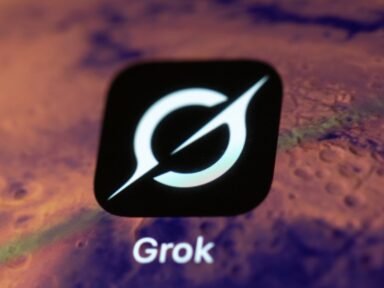
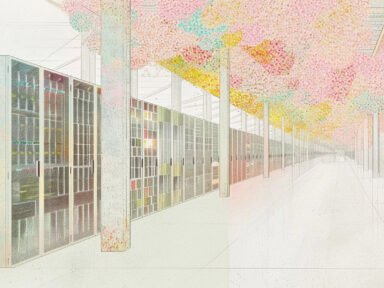
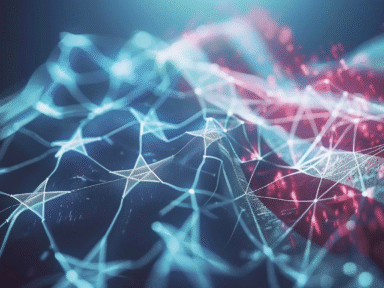
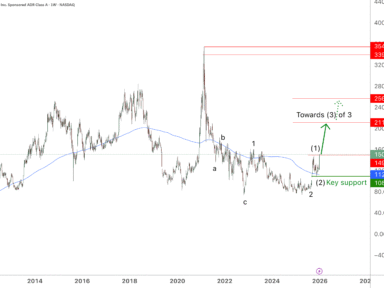
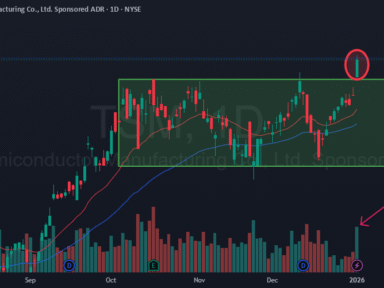

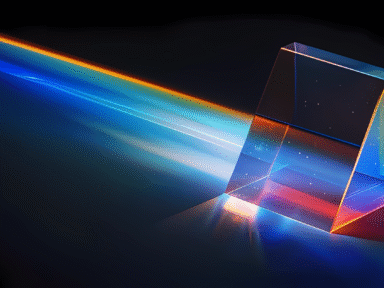









How would you rate Seedream AI Assistant: ByteDance’s Powerful Enterprise AI Solution?